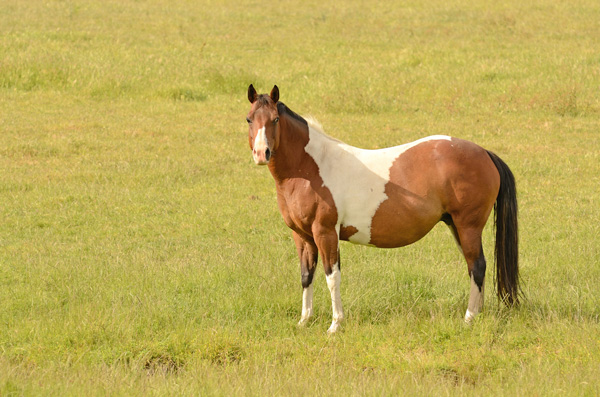
Many things that are built grow organically out of need, without the guidance of a long-term plan. This is a charming growth pattern when applied to Italian hill towns, but not for equine barn complexes or veterinary facilities. Equine campuses that grow without a plan develop a variety of preventable, long-term woes.
You may recognize some of these common issues:
·Chaotic traffic flow.
·Little space to maneuver trailers.
·Poor drainage.
·Inadequate separation of equine populations.
·Inappropriate adjacencies of buildings and services.
·Insufficient infrastructure.
The best way to avoid these problems is to develop a master plan that can serve as an overall guide for the placement of structures and infrastructure.
Master planning doesn’t have to be time consuming or expensive. Ideally, your designer would sketch over a topographic survey of your property. If surveying the property is unnecessary, then it may be possible to begin with a scaled site map printed from Google Earth. By looking at the entire property from above, it’s much easier to experiment with initial layouts and future expansions. This type of planning is effective for both new and remodeled campuses.
Below are some rules of thumb for getting the most out of your master planning project:
·Consider the flow of horses, people and vehicles and create paths for all three. Map circulation paths in different colors so you can identify and resolve conflicts.
·Consider the required turning radii for horse trailers, hay delivery vehicles, emergency access vehicles and trash trucks. It’s best to create circular circulation paths so that no one has to back up large vehicles.
·Plan the locations of buildings and future expansions. In the northern hemisphere, orient the buildings along an east/west axis to take advantage of passive solar energy.
·Locate septic fields and be sure there is enough room to expand them.
·Locate wells the proper distance away from septic fields.
·Develop a service area for trash, recycling and soiled manure storage. Ideally this area should be away from the front door of the buildings and out of the client traffic flow.
·Identify the low spots on your site. These areas can be used for storm water detention or for open space. Arrange arenas and paddocks on higher ground to allow them to drain better and for easier maintenance.
·Oversize the building services as needed to account for future expansion.
While a solid master plan is useful and important, don’t let the process of planning force you into rigid and sterile solutions. Take time to consider the experience. Where are the views, the breezes? How do the buildings enclose outdoor space?
It is possible, within the context of an organized master plan, to capture a feeling of harmony with the surrounding environment. If you do that, then your facility will be much more successful.
Heather Lewis, AIA, NCARB, joined Animal Arts in August 2000 and has been a principal in the firm since 2004. Her primary area of expertise is the design and management of equine and large animal projects. Examples of Heather’s equine and large animal work include master planning for Woodside Equine Clinic in Ashland, Virginia, the repurposing of existing buildings for equine hospitals in Kamuela, Hawaii and Murrysville, Pennsylvania, and freestanding equine facilities such as Evergreen Equine in Reading, Vermont. Heather has worked on the design of two significant equine facilities in Australia, including the Equine Health Centre for the University of Adelaide, Roseworthy Campus in Roseworthy, South Australia. Heather recently completed work on the renovation of the equine adoption center for the Harmony Equine Center for the Dumb Friends League in Franktown, Colorado.
Heather speaks regularly about the design of large animal facilities at the Veterinary Economics Hospital Design Conference for the Central Veterinary Conference.Heather spoke at the 2012 American Association of Equine Practitioners conference on “the equine hospital of the future.”She has been published on large animal facility design topics in Blackwell’s Five-Minute Veterinary Practice Management Consult and Veterinary Practice News.


